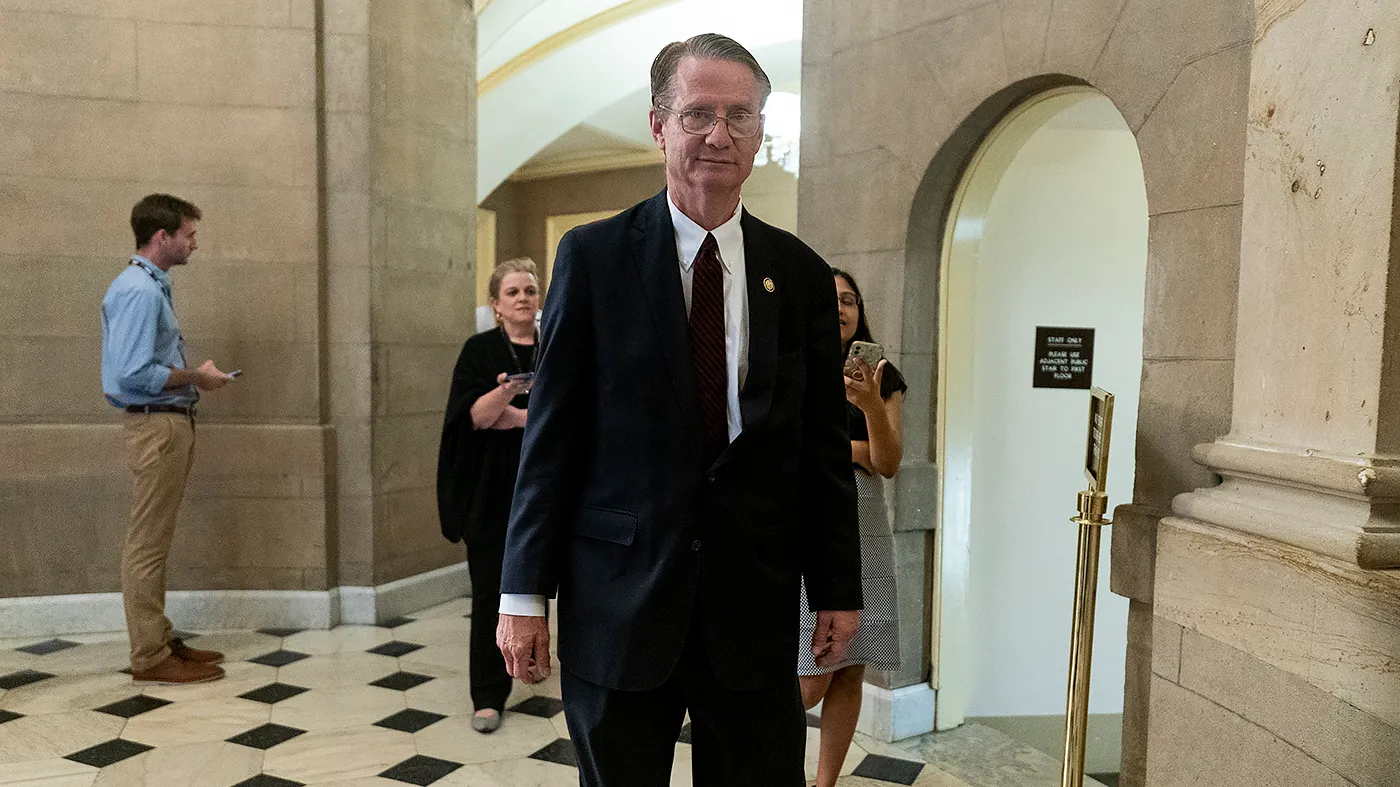China’s Export Boom Surpasses Expectations in June as Import Growth Returns
China’s Export Boom Surpasses Expectations in June as Import Growth Returns
By
Calder Monroe
Last updated:
July 14, 2025
First Published:
August 3, 2025

Photo: South China Morning Post
China's Trade Performance in June: Strong Exports, Signs of Recovery in Imports
China’s trade figures for June 2025 revealed a strong performance in exports and a notable shift in imports, reflecting both strategic urgency from exporters and tentative signs of improving domestic demand.
According to customs data released Monday, China’s exports rose 5.8% year-over-year in U.S. dollar terms — surpassing economists' expectations of a 5% increase, as polled by Reuters. This growth comes amid a temporary tariff truce with the United States, encouraging firms to rush deliveries before the August 12 deadline.
Imports, meanwhile, rose 1.1% compared to June 2024. Although this figure slightly underperformed forecasts of a 1.3% increase, it marks a turning point: the first year-on-year import growth in 2025 after several consecutive months of decline due to sluggish consumer demand and weak manufacturing inputs.

First-Half 2025 Trade Snapshot: Surplus Surges, Export Growth Leads
For the first half of the year, exports increased by 5.9% compared to the same period in 2024, while imports contracted by 3.9%. Despite that import slump, China recorded a massive trade surplus of $585.96 billion — up nearly 35% year-over-year, showcasing its export-driven resilience.
Exports to regions outside the U.S., particularly Southeast Asia and the European Union, continued to grow, offsetting declines in U.S.-bound shipments. In April and May, exports had grown 8.1% and 4.8% respectively, signaling a clear trend of diversification among Chinese exporters.
Tariff Tensions: Race Against the August Clock
The June figures are shaped by ongoing trade tensions and a temporary easing of tariffs between Washington and Beijing. Earlier this year, President Trump implemented sweeping tariffs of up to 145% on a wide range of Chinese goods, prompting a fierce response from Beijing, including restrictions on rare earth exports and retaliatory duties.
In May, both sides agreed to a 90-day tariff pause during a summit in Geneva, followed by a follow-up agreement in London in June. That truce included mutual commitments: China would resume critical mineral shipments, and the U.S. agreed to ease restrictions on chip design software, ethane exports, and jet engine components.
According to Wang Lingjun, Deputy Chief of the Chinese Customs Authority, these agreements were “hard-won” and both sides are now focused on implementing them ahead of the August 12 deadline. “Execution of these deals requires clear policy moves on both sides,” Wang said at a press conference on Monday.
Diplomatic Momentum: High-Level Talks Continue
In recent weeks, diplomatic ties between the world’s two largest economies have cautiously improved. U.S. Secretary of State Marco Rubio described his discussions with Chinese Foreign Minister Wang Yi as “constructive and pragmatic.” He added that the probability of a bilateral summit between President Trump and Chinese President Xi Jinping is “very high,” potentially to be held before the August deadline.
Wang Yi also stressed the need for both countries to uphold the agreements reached by their leaders and move from words to action.
Economic Outlook: Eyes on GDP Data
China is set to release its second-quarter GDP data on Tuesday. Economists surveyed by Reuters estimate growth at 5.1% — slightly slower than the 5.4% expansion seen in Q1. Analysts are watching closely for signs that domestic consumption and manufacturing are beginning to recover as policy measures begin to take effect.
According to Bloomberg and other analysts, if the trade negotiations continue progressing and stimulus measures support household spending, China could close out the year with stronger-than-expected economic momentum.
A Delicate Balance
June’s trade data suggests that Chinese exporters are capitalizing on the narrow window before the next tariff wave, while a modest uptick in imports may hint at a shift in domestic demand patterns. The next few weeks — especially the August 12 deadline — will be crucial in determining whether a longer-term trade stabilization between the U.S. and China is possible.
If talks succeed and temporary reprieves turn into permanent agreements, the world’s two largest economies could avoid another destabilizing round of tariff escalations. For now, China’s exporters are keeping up the pace, hoping the diplomacy holds.
Popular articles
Subscribe to unlock premium content
Bolivia How Lithium Mining Policies Are Positioning It as the Next Global EV Battery Hub

Naval Ravikant The Angel Investments That Quietly Made Him a Multimillionaire

Rising From the Rubble Lessons From Billionaires Who Failed 10 Times Before Success

Bolivia How Lithium Mining Policies Are Positioning It as the Next Global EV Battery Hub

Naval Ravikant The Angel Investments That Quietly Made Him a Multimillionaire

Bolivia How Lithium Mining Policies Are Positioning It as the Next Global EV Battery Hub









